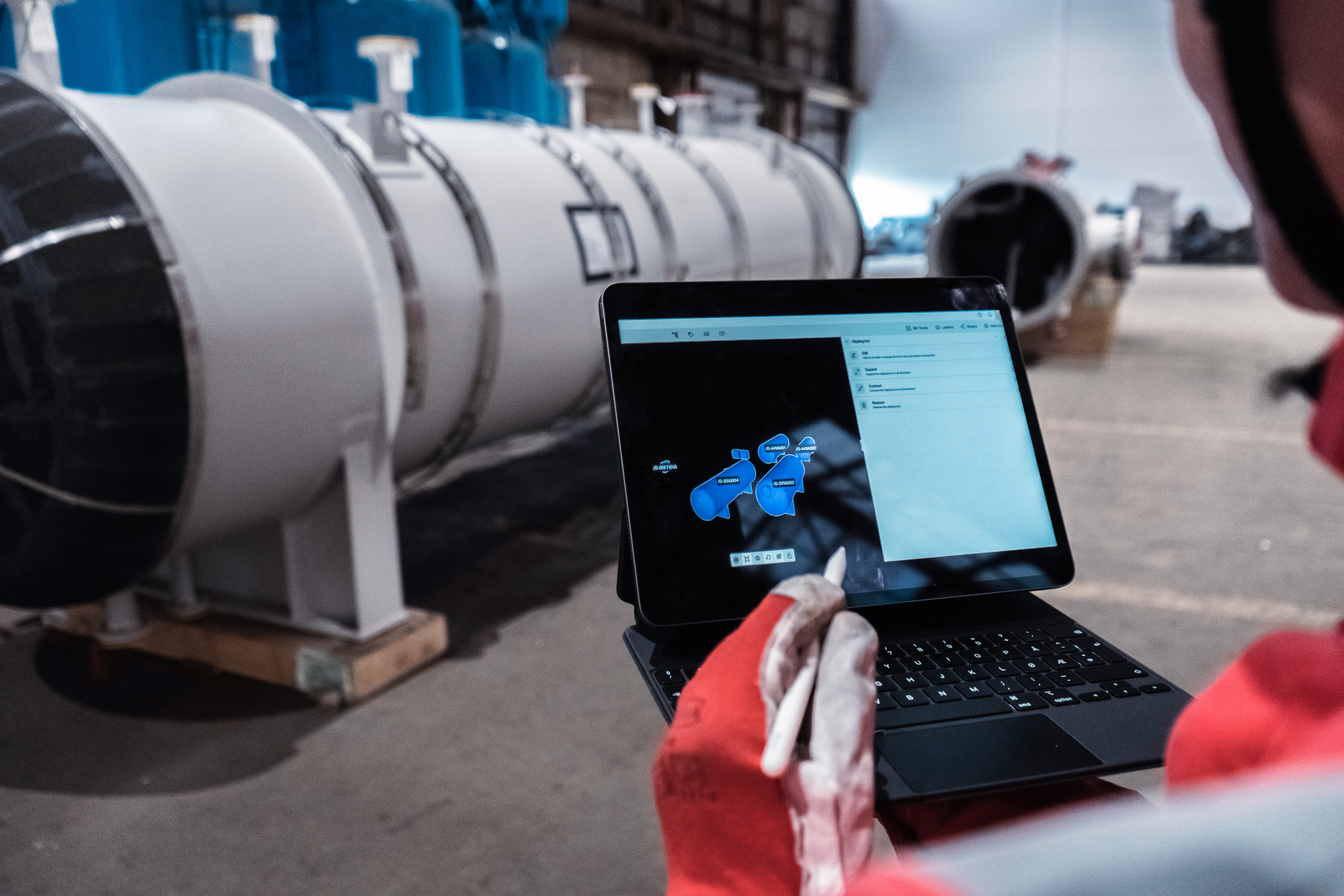The implementation of digital twin technology in energy is revolutionising how we interact with our assets. But technology for technology’s sake is not what we want - technology is only as brilliant as the people using it.
Data doesn’t make decisions - people do.
So, how do you empower your team to harness the full potential of digital twin software?
Let's first consider the 7 stages of user progression, from awareness to deep functional use of the technology.
7 stages to have in mind
1. Maximum Available User Group
At the broadest level, we have the 'Maximum Available User Group' which consists of all potential users within an organisation - in hard theory from the cleaning staff to C-suite executives. This group represents a wide array of individuals who might not currently see a direct benefit from the digital twin platform but could potentially find value in the future.
2. Maximum Addressable User Group
Narrowing down from the available pool, the 'Maximum Addressable User Group' focuses on those who can probably benefit from the digital twin technology. This group is defined by their need for the rich features, data, and product capabilities that the platform offers, ensuring they are the primary targets for initial rollouts.
3. Users with Access
Moving further along the user journey, we find those who have been granted access to the platform. For instance, in one partnering Aize company, this might include 600 users. But having access is just the initial step; it doesn’t guarantee active use or proficiency with the platform.
4. Onboarded Users
Out of those with access, a smaller number—let's say 200—have been actually onboarded. This stage involves basic training and introduction to the platform. However, again, being onboarded doesn’t necessarily mean that users are fully equipped to leverage the platform to its full extent.
5. Logged-On Users
A drop-off could often be seen at this stage. From the onboarded individuals, perhaps only 40 have actually logged on to the platform. This metric is crucial as it reflects the initial engagement level and the effectiveness of the onboarding process.
6. Users who Executed Key Tasks
Engagement deepens at this stage where users begin to interact with core functionalities of the platform. Of those who logged on, maybe only 20 have executed key tasks such as conducting specific searches or utilising particular tools. This indicates a higher level of interaction and the beginning of deriving real value from the platform.
7. Converted Users
At the peak of the user journey are the 'Converted Users', or superusers - the digital champions in your company. These are the power brokers who log in regularly, spend substantial time in the tool, and fully integrate its capabilities into their daily workflows. They represent the ideal outcome of full engagement and are testament to the software’s value and effectiveness, and they tell their colleagues about their success using it.
So - how do we get people up that ladder?
Together we have to engage with the people on their journey, and we start by identifying and addressing the user groups - and bridging the gaps.
Look at the stages above, and recognise all potential users, from entry-level to upper level.
Here are some suggestions from our side on how to engage with the user journey:
- Focus on Immediate Beneficiaries: Start with those who can benefit right away.
- Ensure Access and Training: Provide proper access and training.
- Aize does the basic getting started for all users (or predefined group), then you can move into working with Aize. We push towards self-serve whilst utilising the drive of the trainers through the ‘train the trainer’ concept. We will offer a blend of live training, recorded videos, click-throughs, and so on.
- Training plan: Develop training for all user levels with easy access.
- Encourage Regular Use: Promote interaction with key features.
- Conduct Engagement Activities: Regularly host demos, workshops, and webinars.
- Maintain a Material Repository: Keep resources accessible for all users.
Optimise User Engagement down the ladder:
- Boost Awareness:
- Use our videos to highlight features and success stories.
- Present benefits in town hall meetings.
- Increase adoption with informal drop-in sessions.
- Educate potential users on integrating the digital twin with other systems.
- Leverage High-Level Touchpoints:
- Create informative internal landing page s (we can help with this).
- Update users with newsletters and short videos.
Understanding the Journey for Improvement
By working closely with Aize, you can identify where users drop off and what barriers prevent them from moving to the next engagement level.
After all, the investment in adopting digital twin technology should translate into real, impactful user engagement and cost-savings.

Post written by Mads Gudim Burheim
Mads worked as a journalist and project manager in Aller Media and Schibsted for 15 years before joining Aize as Senior Content & Communications manager. He loves writing, travelling and living in Oslo.
Stay in the loop
I’d like to sign up to Aize newsletter




